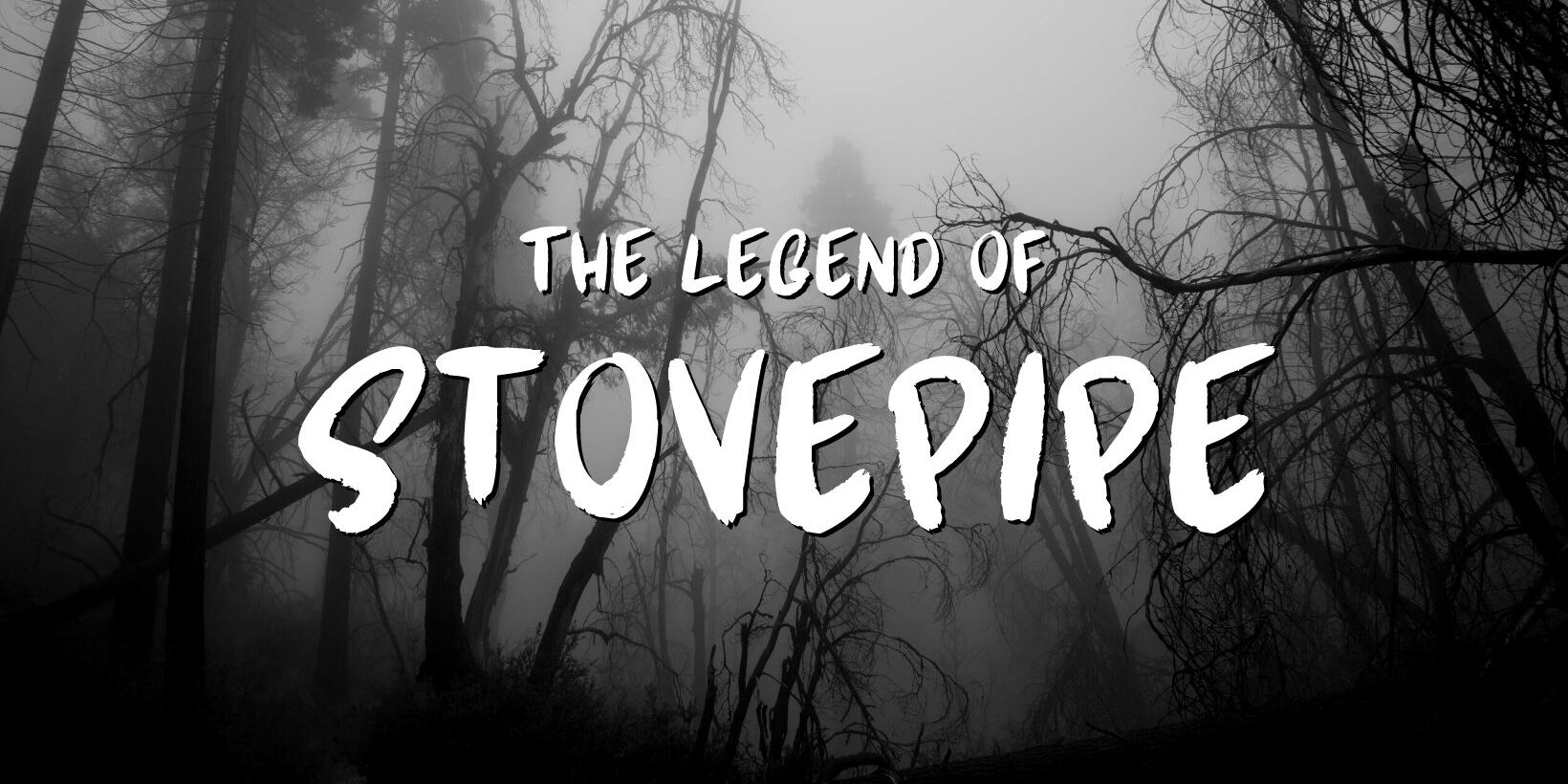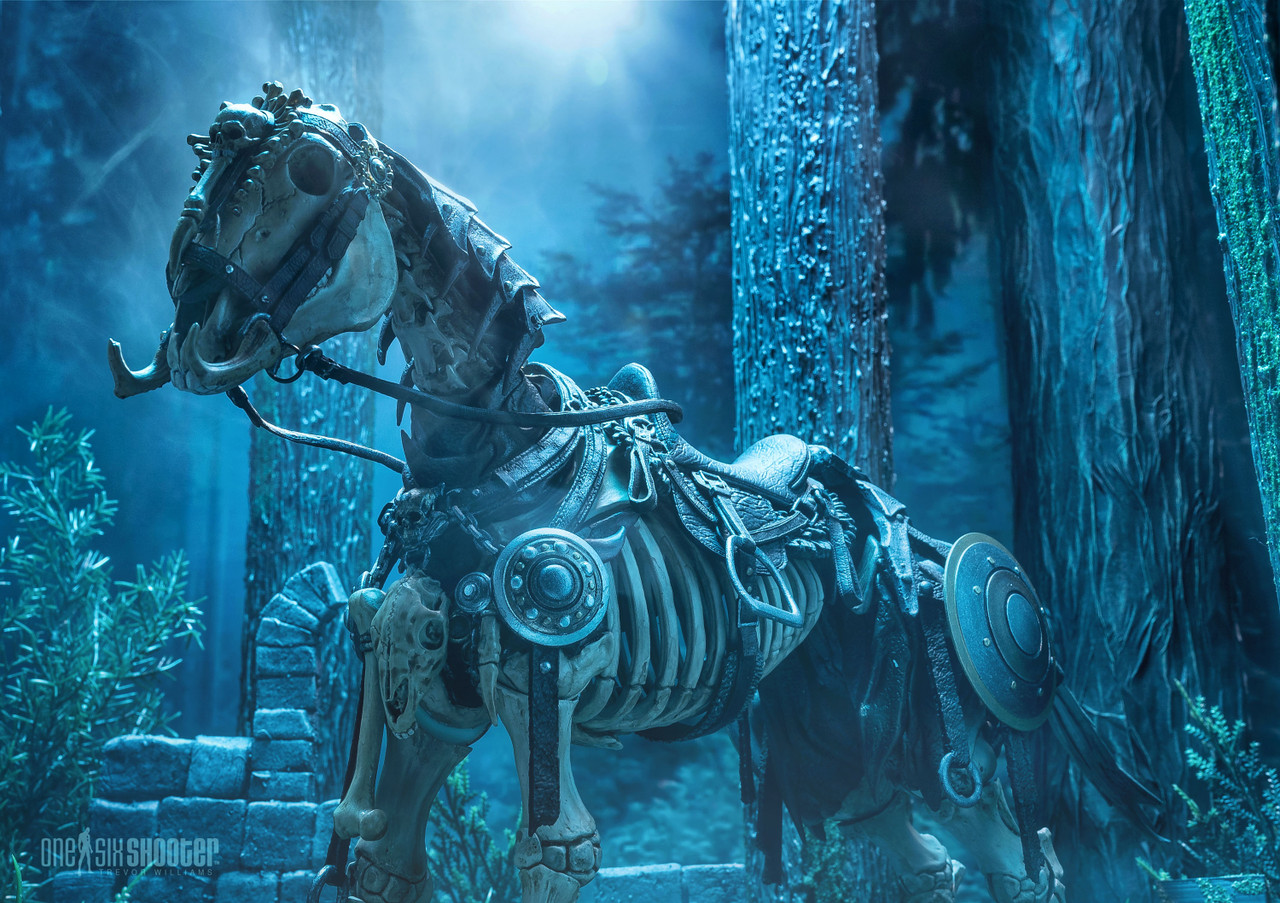Cursed Horses: Dark Legends and Superstitions

Explore the mysterious and eerie world of cursed horses, where folklore, superstition, and dark legends intertwine. This article delves into the origins, stories, and cultural significance of these enigmatic creatures.
Introduction
Horses have long been symbols of power, freedom, and mysticism. However, in many cultures, certain horses are believed to be cursed, bringing misfortune or supernatural occurrences to those who encounter them. This article uncovers the dark legends and superstitions surrounding cursed horses.
Table of Contents
| Section | Description |
|---|---|
| Origins of Cursed Horses | Historical background and cultural roots |
| Famous Cursed Horses | Notable legends and stories |
| Common Superstitions | Beliefs and practices related to cursed horses |
| Symbolism and Cultural Impact | How these legends influence culture and art |
| FAQs | Answers to common questions |
Origins of Cursed Horses
Cursed horses often appear in folklore as omens or agents of misfortune. Many legends trace back to ancient times when horses were vital to survival and warfare. The fear of losing such valuable animals or encountering supernatural forces led to stories of curses.
Historical Context
- In Celtic mythology, the “Kelpie” is a water spirit that appears as a horse and lures victims to their doom.
- Norse legends speak of horses associated with death and the underworld.
- In medieval Europe, horses linked to witches or dark magic were often believed to be cursed.
Famous Cursed Horses
The Kelpie
A shape-shifting water spirit from Scottish folklore, the Kelpie is said to appear as a beautiful horse near rivers and lakes. It lures unsuspecting riders to drown them.
The Black Shuck
An ominous black dog or horse-like creature from English folklore, often seen as a harbinger of death.
The Dullahan’s Steed
In Irish mythology, the Dullahan is a headless rider whose horse is said to be cursed, symbolizing death and doom.
Common Superstitions
- Seeing a black horse at night is often considered a bad omen.
- Horses with certain markings, like a star or a crescent, are sometimes believed to carry curses.
- Avoiding horses that neigh at midnight is a common superstition to prevent bad luck.
Symbolism and Cultural Impact
Cursed horses have inspired countless works of art, literature, and film. They symbolize the unknown, fear, and the thin veil between the natural and supernatural worlds.
- In literature, cursed horses often represent fate and doom.
- Artists use the imagery of dark horses to evoke mystery and power.
- Films and TV shows frequently feature cursed horses to build suspense and horror.
FAQs
Q1: Are cursed horses real?
A1: While cursed horses are primarily part of folklore and mythology, they reflect cultural fears and values rather than actual supernatural phenomena.
Q2: Why are horses often associated with curses?
A2: Horses have been essential to human survival and warfare, making them powerful symbols. Their importance sometimes led to myths about curses to explain misfortune.
Q3: Can a cursed horse be freed from its curse?
A3: In many legends, curses can be lifted through rituals, acts of bravery, or breaking specific conditions.
Conclusion
The legends of cursed horses continue to captivate and terrify, reminding us of humanity’s deep connection to these majestic animals and the mysteries that surround them. Understanding these stories enriches our appreciation of cultural heritage and the power of myth.
This article is optimized for SEO with structured headings, tables, and FAQs to enhance user engagement and search engine visibility.
